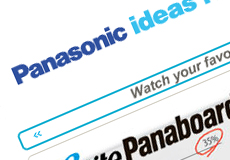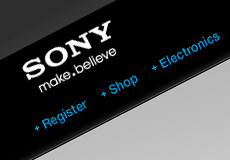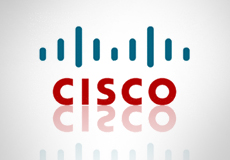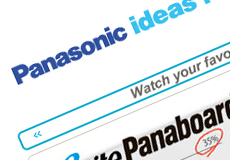By
Bryan GonzalezNovember 14, 2011
The following are some notable comments from a panel at last week’s Futures of Entertainment conference at MIT.
Panel: “The Futures of Serialized Storytelling”
- Science fiction is perfect for serialized storytelling because of a large story world that can generate.
- Today’s distractions are forcing TV to focus on its best skill, large live events.
- Serialized drama is really moving to time-shifted. About 50-60 percent of a drama (in theUK) is moving to time-shifted viewing.
- The large challenge for storytellers is how to deal with asynchronous drama. Do writers and show runners still use mechanisms such as cliffhangers, when a large amount of viewing happens 6-12 months after the show?
- Three types of audiences: skimmers, dippers and divers. Skimmers watch the show but offer no other engagement. Dippers will engage beyond the TV, and watch clips and other content online. And divers are the hardcore fans that engage with each other and all the content you put out.
- You spend the most time and energy to produce content for divers. Even though divers are a small slice of the audience, they are the most active. They are the core of your “word of mouth campaign.”
- TV producers are out of touch, they have been too focused on ratings. They have to get back into the crowd. They have to rebuild their skills of “listen and response.”
- For the past five years dramas have been produced in a bubble, driven by executives and ratings. Or copying formulas that may have worked in the past. Very little has happened to create new stories.
- It’s important to pace your engagement with the audience. It’s not always about putting out loads of content up front. You must fold in content for the hardcore fans but not alienate the regular fans.
- The more we move into a digital world, the more important the physical tangible experience becomes. It can be a great tool to engage with audiences. For example, “Game of Thrones” food trucks. But on the flip-side, distribution is very difficult.
- Twitter (social media) serves to amplify the liveliness of TV.
- Dramas are not built for Twitter during the show; we see much more Twitter activity after the show.
- “The X-Factor” seems to be designed for half of your attention. It allows for audiences to tweet during the show.
- In social media, we know that the audience members aren’t directing their comments to the show, they are talking to their friends.
- We’re going back 150-200 years ago, during the age of Shakespeare, when a story was told in front of an audience that reacted and talked and commented openly.
- The TV or the movie screen should be the primary source of storytelling. The reason being, those sources will build the most attention from audiences.
- The primary source has to be the best place that can cut into the audience’s attention. With time, that may shift away from the TV screen.
Moderator:
Laurie Baird (Georgia Tech)
Panelists:
Matt Locke (Storythings, UK)
Steve Coulson (Campfire)
Lynn Liccardo (Soap opera critic)
Denise Mann (University of California-Los Angeles)







